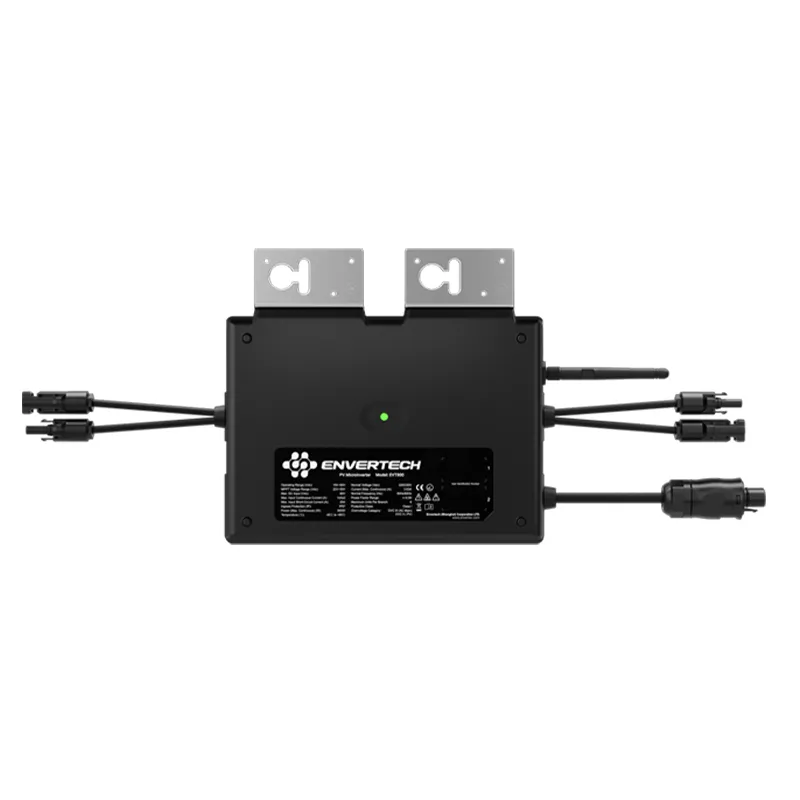A Comprehensive Guide to Setting Up Your Own Solar Panel System for Home Use
Installing Your Own Solar Panels A Step-by-Step Guide
As energy costs continue to rise and environmental concerns grow, more homeowners are considering the installation of solar panels. With the right resources, knowledge, and dedication, you can install your own solar panels and contribute to a more sustainable future while saving money on energy bills. Here’s a comprehensive guide to get you started on your solar journey.
Understanding Solar Energy
Before diving into installation, it's essential to understand how solar energy works. Solar panels convert sunlight into electricity through photovoltaic cells. When sunlight hits these cells, it generates direct current (DC) electricity, which is then converted into alternating current (AC) electricity through an inverter. This AC electricity can power your home or be fed back into the grid.
Step 1 Assess Your Energy Needs
The first step in installing solar panels is to assess your energy consumption. Review your electricity bills for the past year to determine your average monthly usage. This information will help you estimate how many solar panels you'll need to meet your energy goals. There's a wealth of online calculators and tools that can assist you in this evaluation.
Step 2 Research and Choose the Right Equipment
Once you have a clear understanding of your energy needs, it's time to research solar panels and inverters. Solar panels come in various types, including monocrystalline, polycrystalline, and thin-film, each with its own advantages and disadvantages. Additionally, consider the efficiency ratings and warranties provided by different manufacturers. Purchasing quality equipment may have higher upfront costs, but it can lead to better performance and durability over time.
Step 3 Calculate Costs and Understand Incentives
install your own solar panels

Installing solar panels is an investment. Calculate the total costs, including equipment, installation, permits, and any additional expenses that may arise. Fortunately, many countries offer incentives such as tax credits, rebates, and grants for solar installation, which can significantly reduce overall costs. Research local and federal incentives to take full advantage of these opportunities.
Step 4 Obtain Necessary Permits
Before installation, check local regulations regarding solar panel installations. Many municipalities require permits, and some may have specific building codes you must adhere to. Contact your local government or building authority to ensure you are compliant. This step is crucial to avoid potential fines or issues down the line.
Step 5 Install Your Solar Panels
With permits secured, you can begin the installation process. While some homeowners may choose to tackle this as a DIY project, consider your skill level and comfort with electrical work. If you’re uncertain, hiring a professional installer can ensure that the job is done correctly and safely. If you decide to proceed with the installation yourself, follow the manufacturer’s guidelines carefully. Begin by mounting the panels on the roof or a ground-mounted system, then connect them to the inverter, and finally, connect the inverter to your home’s electrical system.
Step 6 Monitor and Maintain Your System
After installation, monitor your solar energy production to ensure everything functions correctly. Many modern inverters come with monitoring software that provides real-time data on energy production. Maintenance is generally minimal, but regular cleaning of the panels will help maximize efficiency. Inspect your system for any signs of damage after severe weather events.
Conclusion
Installing your own solar panels is a rewarding project that not only lowers your energy costs but also contributes to a greener environment. By following these steps, you can successfully navigate the process from assessing your energy needs to maintaining your solar energy system. Remember, while DIY can be fulfilling, don’t hesitate to seek professional help when necessary to ensure the safety and efficiency of your solar installation. Embrace the sun, and take control of your energy future!
-
String Solar Inverter: The High-Efficiency Solution for Smart Solar EnergyNewsJul.14,2025
-
Revolutionizing Rooftop Energy with the Power of the Micro Solar InverterNewsJul.14,2025
-
Power Independence with Smart Off Grid Solar Inverter SolutionsNewsJul.14,2025
-
On Grid Solar Inverter: Powering the Future with Smart Grid IntegrationNewsJul.14,2025
-
Monocrystalline Solar Panels: High-Efficiency Power for the Future of Clean EnergyNewsJul.14,2025
-
Bifacial Solar Panel: A Smarter Investment for Next-Generation Energy SystemsNewsJul.14,2025







